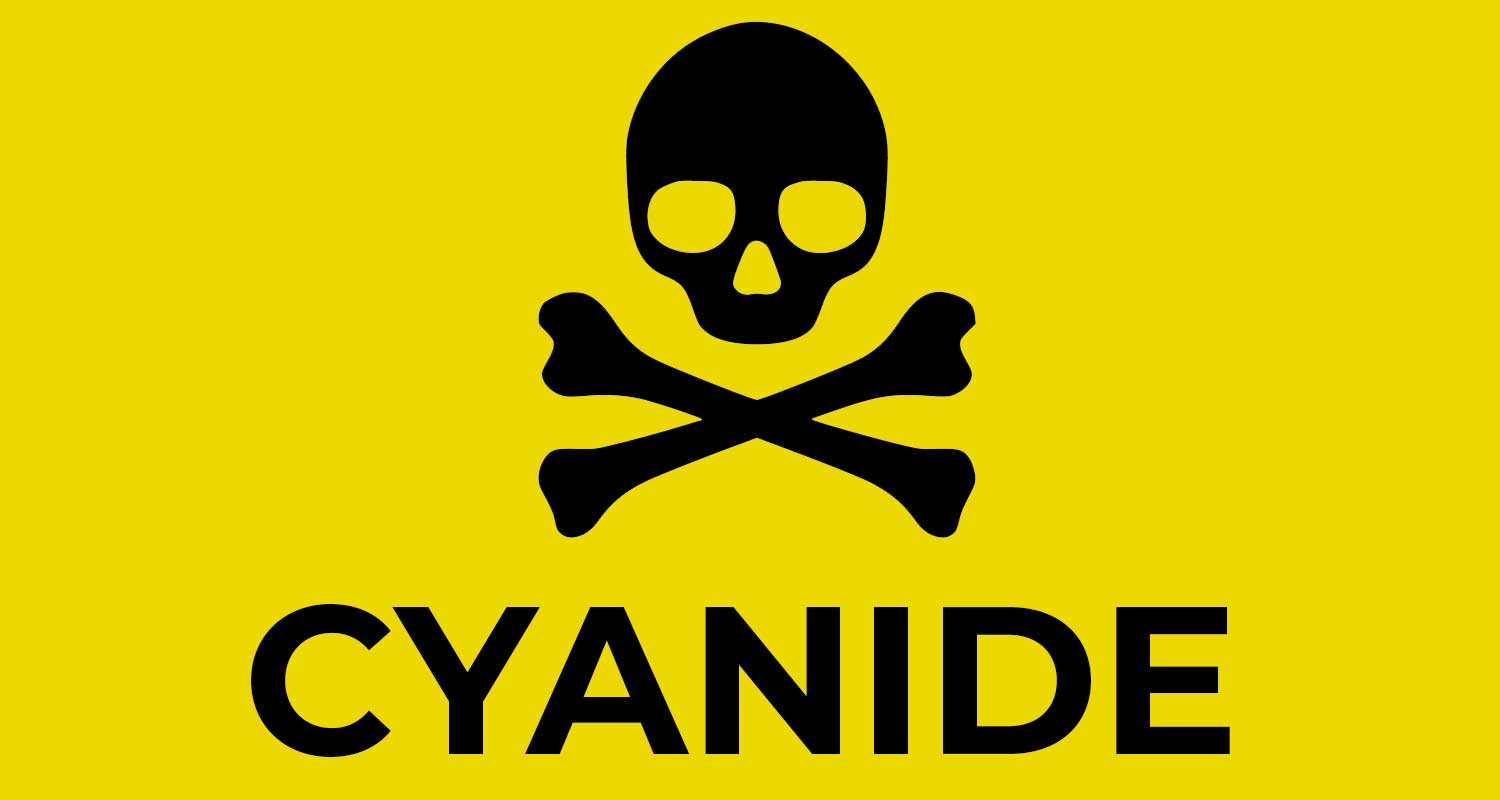 The shocking news at the weekend that Eskom CEO André de Ruyter may have been poisoned intentionally with cyanide raises many interesting and concerning questions, including about the poison itself.
The shocking news at the weekend that Eskom CEO André de Ruyter may have been poisoned intentionally with cyanide raises many interesting and concerning questions, including about the poison itself.
On Sunday, public enterprises minister Pravin Gordhan vowed that the apparent attempt to poison and kill the Eskom boss would be “thoroughly investigated”, and anyone found responsible would be charged.
The news of the apparent poisoning, first reported by EE Business Intelligence, comes as De Ruyter and his management team battle criminal syndicates that are looting Eskom and threatening South Africa’s energy supply and national security.
Eskom has confirmed that a case has been opened with the South Africa Police Service and that an investigation into the apparent poisoning is now underway.
Cyanide has a long history in warfare and the substance has been used not only in assassinations but also in suicides.
Some of the more famous poisonings from cyanide include:
- Eva Hitler, wife of Adolf Hitler, who committed suicide in 1945 by taking a cyanide capsule;
- Heinrich Himmler, leader of the Nazi SS, who killed himself by cyanide capsule after being captured in 1945;
- Peoples Temple members: more than 900 people died by cyanide-laced punch at Jonestown in the US in 1978; and
- The Chicago Tylenol murders: a series of deaths from drug tampering – the victims had all taken Tylenol-branded acetaminophen capsules laced with potassium cyanide.
TechCentral asked Carine Marks, director of the Tygerberg Poisons Information Centre, about cyanide – what it is, what it can do to the human body and why it is so dangerous.
Where does cyanide come from?
It can be naturally occurring and can be found in a number of plants, such as almonds, lima beans, soy, spinach, bamboo shoots and sorghum, as well as in certain insects and fungi. It’s also present in some minerals like amygdaloid and potassium ferrocyanide (yellow prussiate of soda). Cyanide can also be found in cigarette smoke.
Where and how it is used?
Cyanide can also be produced industrially through a process known as the “gas cyanide” process, which converts hydrogen cyanide into cyanide salts. It can be used in a variety of industrial processes, such as mining (used to extract gold and silver from ores), electroplating and photography. It’s also been used as a chemical weapon and in chemical warfare. Its toxicity at low doses make it a dangerous compound if not handled properly. The Germans employed hydrogen cyanide, also known as Zyklon B, as a genocidal substance during World War 2.
How toxic is it?
The quantity of cyanide a person is exposed to, the route of exposure and the duration of exposure all affect how severely they are poisoned by it. The most harmful effects of cyanide come from inhaling the gas, but cyanide can also be toxic when ingested.
The body’s cells are unable to use oxygen when exposed to cyanide. The cells die as a result of this. Because the heart and brain use a lot of oxygen, cyanide is more harmful to them than to other organs. The most common cause of cyanide poisoning is smoke inhalation from fires.
Is there an antidote?
Cyanide poisoning is treated with specific antidotes and supportive medical care in a hospital. A cyanide antidote kit – a sodium nitrite/sodium thiosulfate kit – is used here in South Africa.
The effects to a small amount of cyanide within minutes are:
- Dizziness
- Headache
- Nausea and vomiting
- Shortness of breath
- Rapid heart rate
- Restlessness
- Weakness
A large amount of cyanide may cause these other health effects:
- Convulsions
- Loss of consciousness with apnea
- Low blood pressure
- Lung injury
- Respiratory failure leading to death
- Slow heart rate
- Coma
Survivors of serious cyanide poisoning may develop heart, brain and nerve damage. – © 2023 NewsCentral Media




